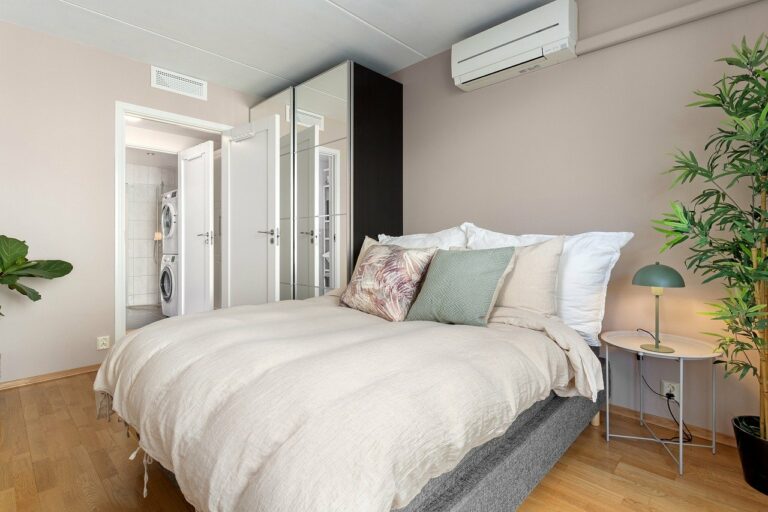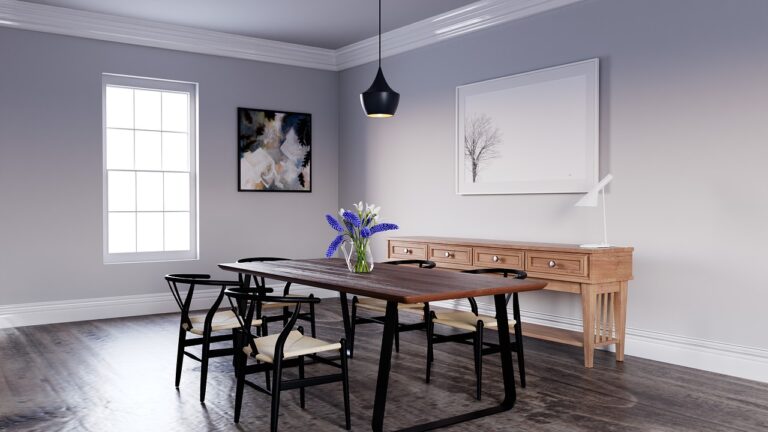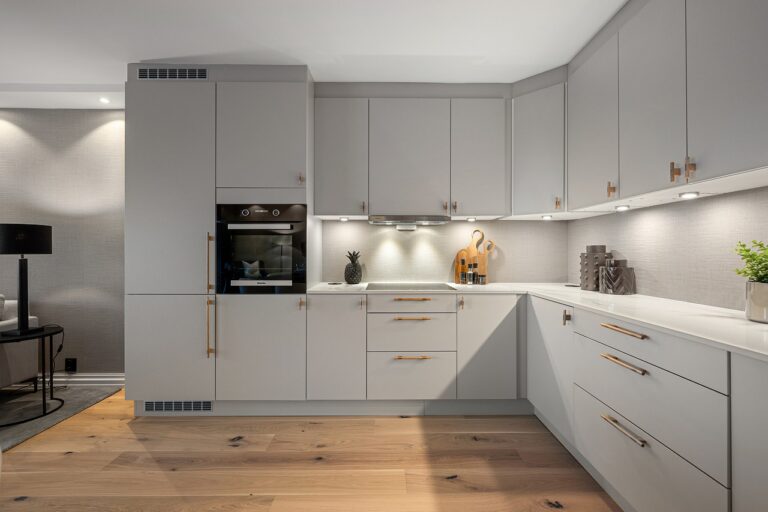Incorporating Biophilic Design into Your Home: Connecting with Nature Indoors
Biophilic design is a concept that seeks to incorporate nature and natural elements into the built environment. By bringing in elements such as natural light, greenery, and water features, biophilic design aims to create spaces that reconnect people with nature. This approach is based on the idea that humans have an innate affinity for nature, and when natural elements are integrated into our surroundings, it can have a positive impact on our well-being.
The importance of biophilic design lies in its ability to enhance our physical and mental health. Studies have shown that exposure to nature and natural elements can reduce stress, improve cognitive function, and increase productivity. By incorporating biophilic elements into spaces where we live, work, and play, we can create environments that promote overall well-being and help us feel more connected to the natural world.
• Biophilic design incorporates nature and natural elements into the built environment
• Elements such as natural light, greenery, and water features are included
• The concept aims to reconnect people with nature and improve well-being
• Humans have an innate affinity for nature
• Exposure to nature can reduce stress, improve cognitive function, and increase productivity
Benefits of Bringing Nature Indoors
Bringing nature indoors can have a profound impact on our well-being. Research has shown that incorporating elements of nature into interior spaces can reduce stress, improve cognitive function, and increase productivity. By adding plants, natural light, and natural materials to our living and working environments, we can create spaces that promote a sense of calm and connection to the natural world.
Furthermore, having greenery and natural elements indoors can enhance air quality by acting as natural air purifiers. Plants absorb carbon dioxide and release oxygen, which can help improve the overall air quality in enclosed spaces. This not only contributes to a healthier indoor environment but also creates a more pleasant and rejuvenating atmosphere for inhabitants.
Principles of Biophilic Design
Biophilic design is centered on the idea that incorporating elements of nature into our built environment can have a positive impact on our well-being. By integrating natural materials, colors, and textures, spaces can evoke a sense of tranquility and connection to the outdoors. This can lead to improved cognitive function, increased creativity, and reduced stress levels among occupants.
Another key principle of biophilic design is the incorporation of natural light and views of nature into interior spaces. Sunlight has been shown to regulate our circadian rhythms and improve overall mood and productivity. By strategically placing windows and incorporating open spaces, designers can maximize access to natural light and create a seamless connection between the indoors and the natural world.
What is biophilic design?
Biophilic design is a concept that focuses on incorporating elements of nature into our built environments to improve our well-being and connection to the natural world.
Why is biophilic design important?
Biophilic design is important because it has been shown to have numerous benefits for our physical and mental health, productivity, creativity, and overall well-being.
What are some examples of biophilic design elements?
Examples of biophilic design elements include natural lighting, indoor plants, natural materials like wood and stone, views of nature, and water features.
How can biophilic design be implemented in a space?
Biophilic design can be implemented in a space by incorporating natural elements, maximizing natural light, creating views of nature, using natural materials, and incorporating plant life.
What are the benefits of bringing nature indoors?
Bringing nature indoors can help reduce stress, improve air quality, increase productivity, enhance creativity, and create a sense of well-being and connection to the natural world.







